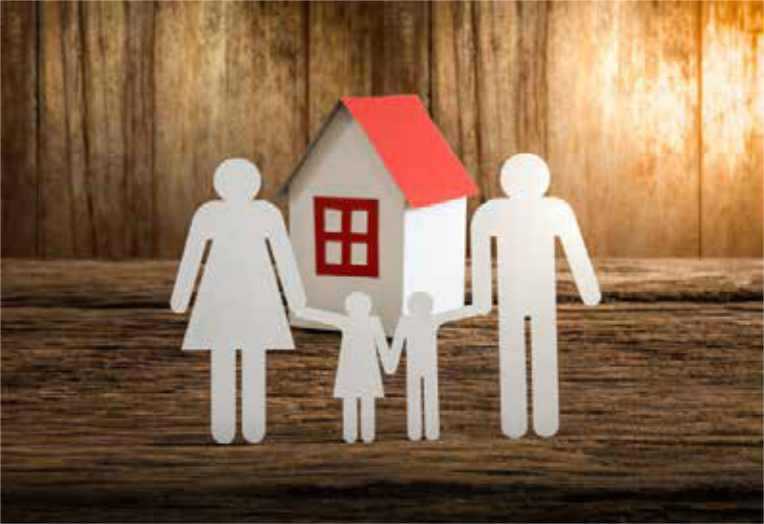As the colder weather starts to settle in, people use fuel-burning appliances more frequently in order to keep themselves warm. People need to be extremely vigilant when using these appliances to prevent deadly exposure to the serious hazards of carbon monoxide(CO).

Carbon monoxide is often called the "silent killer" - its victims cannot see it, smell it or taste it. It is an invisible, odorless gas that can poison, and even kill you. Breathing in carbon monoxide can make you feel sick, and feel as if you have the flu. You may experience headaches, nausea, dizziness and shortness of breath. People most at risk are infants, small children, pregnant women, elderly people, and people with heart or lung problems.
Carbon monoxide gas is produced by the incomplete burning of fuels. It can be released by gas furnaces, hot water heaters, cars, fireplaces, wood stoves and kerosene heaters. Faulty burners or clogged chimneys are often part of the problem. To avoid the production of CO, you should have your chimney, furnace and gasfired appliances checked by professional technicians every year.
In Ontario alone, from 2001 to 2007, there have been 74 accidental deaths from asphyxia due to vehicle exhaust and furnace fumes. In 2008, the London Fire Department responded to over 800 calls from people whose CO alarms sounded or who suspected they might have been exposed. In many cases, fire crews found dangerous levels of carbon monoxide.
A carbon monoxide detector is the best way to protect you and your family from this potentially deadly threat. Install CO alarms where they can be easily heard, outside each sleeping area and on every level of the home. When installing a CO alarm, always follow the manufacturer's instructions. Test CO alarms at least once a month and replace batteries according to manufacturer's instructions.
To reduce the chances of you or a loved one getting carbon monoxide poisoning, follow these tips:
-
Eliminate CO at the source. Make the maintenance of your furnace, fireplace, and all fuel-burning appliances an absolute givenRank. Have them checked and cleaned each year.
-
Install a certified carbon monoxide alarm in your home and check it regularly to make sure the battery is working.
-
Know the symptoms of CO poisoning. If they appear, it is important to get everyone, including pets, outside to fresh air immediately.
-
Never heat your home with a gas stove.
-
Never use a barbeque, charcoal or hibachi grill in the home or in an enclosed area.
-
During and after a snowstorm, make sure vents for the dryer, furnace, stove and fireplace are clear of snow.
-
Never use a gas-powered generator inside your home.
If your CO alarm sounds, make sure to get out of your home immediately and call 911 from a safe place.
Source: www.canadasafetycouncil.org
